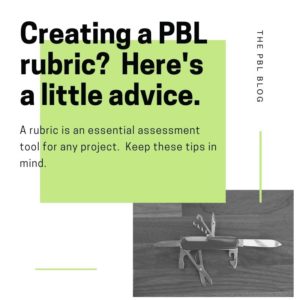A well-crafted rubric is the Swiss Army knife of assessment tools: it communicates expectations for student work; it describes clear steps for  learner growth; it provides a guide for students throughout a project or unit; and perhaps most importantly, it requires educators to really reflect on what it is they want their students know and be able to do. And because the work is so often unique and open ended, rubrics are an integral part of project-based learning assessments.
learner growth; it provides a guide for students throughout a project or unit; and perhaps most importantly, it requires educators to really reflect on what it is they want their students know and be able to do. And because the work is so often unique and open ended, rubrics are an integral part of project-based learning assessments.
It’s taken me a long time to refine my rubric design skills, and I’ve gained a lot of tips and tricks along the way. If you are planning to use a rubric with your next project, here are a few considerations to support your work:
Chunk Your Rubric
If you’re planning a relatively long project that spans a variety of learning outcomes, break your rubric into smaller, more digestible pieces that align with the different project benchmarks. For example, use a research rubric while students are gathering and sharing information, and save the details of your presentation rubric for later. This will make each segment of the project more manageable, and less-likely to overwhelm you students.
Check for Understanding
Because rubrics are descriptive, they can also get wordy and confusing. Share your draft rubric with several students to get feedback before rolling it out to the entire class. Pay attention to the questions and issues they raise because they will likely catch red flags that you might otherwise miss. And when you do eventually introduce the rubric, take time to model its application, and then ask students to use the rubric to assess either hypothetical student work or work from years past.
Use General Rubrics When Possible
The more rubrics I make, the easier it gets, but it still takes significant time. Using general rubrics that focus on broader standards or skills without getting into project details, allows you to more easily reuse those rubrics from project to project. This also means that the language of the rubric remains consistent for students, likely easing anxiety over grading expectations.
Avoid Language that Judges Quality
Terms like ‘poor’, ‘good’, and ‘excellent’, are examples of quality ratings. Using these kinds of terms in a rubric will not help students to grow, and may actively discourage it. Remember, a rubric should describe performance at various levels. For example, if a descriptor reads, “Poor use of punctuation and grammar,” how will my students use that description to improve? What does ‘poor’ mean? This type of language will not provide students with a guide to move from ‘poor’ grammar usage to ‘good’ grammar usage. For an example of a rubric that describes, rather than judges, check out this 6+1 writing traits rubric.
Part II of this series will continue next week.
*If you’re looking to learn more about rubric design, I strongly encourage you to check out Susan M. Brookhart’s detailed, yet accessible, How to Create and Use Rubrics for Formative Assessment and Grading.






